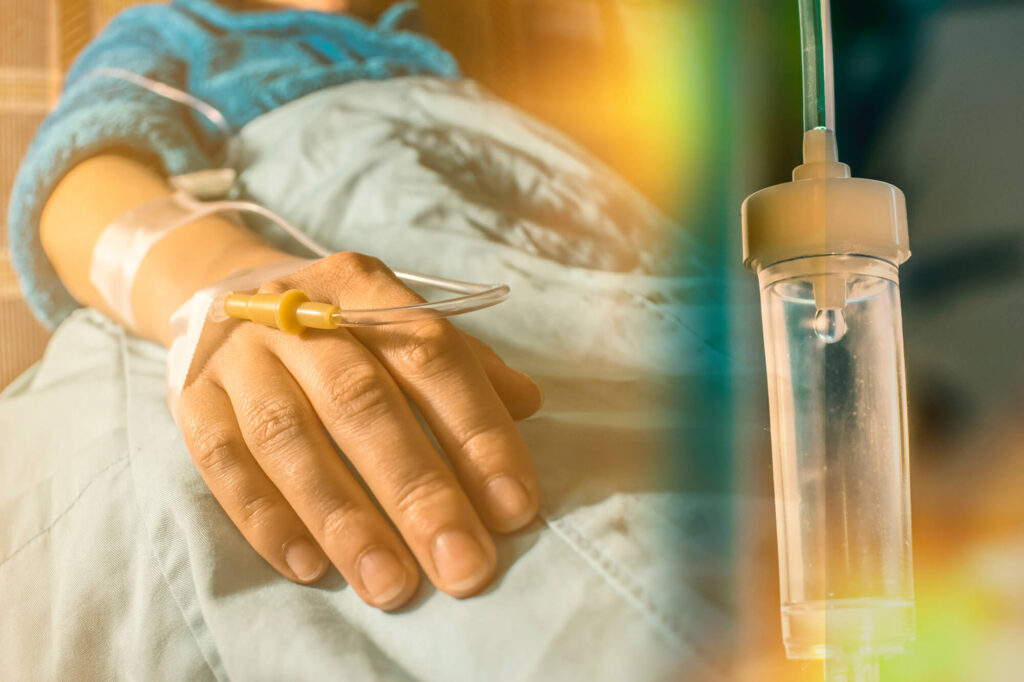Capecitabine, commercially known as Xeloda, is an oral prodrug of 5-fluorouracil (5-FU) widely utilized in treating various malignancies. While effective, capecitabine carries a risk of severe toxicity, particularly in cases of overdose or in patients with specific genetic predispositions. Prompt recognition and intervention are paramount to mitigate adverse outcomes.

Mechanism of Capecitabine Toxicity
Upon administration, capecitabine undergoes enzymatic conversion to 5-FU, which is subsequently metabolized into active cytotoxic metabolites. These metabolites disrupt DNA and RNA synthesis, leading to cell death. The primary enzyme responsible for 5-FU catabolism is dihydropyrimidine dehydrogenase (DPD). Deficiencies or functional abnormalities in DPD can result in decreased clearance of 5-FU, leading to increased toxicity.
Clinical Manifestations of Overdose
An overdose of capecitabine can precipitate severe and potentially life-threatening toxicities, often manifesting as:
- Gastrointestinal Symptoms: Profound nausea, vomiting, diarrhea, and mucositis.
- Hematologic Abnormalities: Significant myelosuppression, including neutropenia, anemia, and thrombocytopenia.
- Dermatologic Reactions: Severe hand-foot syndrome (palmar-plantar erythrodysesthesia).
- Neurological Effects: Altered mental status, confusion, and, in severe cases, encephalopathy.
- Cardiotoxicity: Chest pain, arrhythmias, and, in rare instances, myocardial infarction.
Immediate Management Strategies
- Discontinuation of Capecitabine: Cease administration immediately upon suspicion or confirmation of overdose.
- Supportive Care: Implement measures such as intravenous hydration, antiemetics, and correction of electrolyte imbalances.
- Antidotal Therapy with Uridine Triacetate:
- Mechanism: Uridine triacetate serves as a direct antagonist to 5-FU metabolites, restoring normal RNA function and mitigating cytotoxic effects.
- Efficacy: Clinical studies have demonstrated a 96% survival rate when administered within 96 hours of overdose.
- Dosage and Administration: The recommended dose is 10 grams orally every six hours for a total of 20 doses. For pediatric patients, the dosage is 6.2 grams per square meter of body surface area, not to exceed 10 grams per dose.
- Timing: Initiate treatment as promptly as possible, ideally within 96 hours post-overdose. Efficacy beyond this window has not been conclusively established.
Monitoring and Follow-Up
- Hematologic Surveillance: Regular complete blood counts to detect and manage cytopenias.
- Renal and Hepatic Function Tests: Assess and monitor organ function, adjusting supportive measures as necessary.
- Cardiac Monitoring: Continuous electrocardiographic monitoring in patients presenting with cardiotoxic symptoms.
- Neurological Assessment: Frequent evaluations to identify and address any evolving neurotoxic effects.
Preventive Measures
- Patient Education: Inform patients about the importance of adhering to prescribed dosages and the potential risks of overdose.
- Genetic Screening: Consider testing for DPD deficiency prior to initiating capecitabine therapy, as individuals with this deficiency are at heightened risk for toxicity.
- Medication Reconciliation: Thoroughly review all concurrent medications to identify and manage potential drug interactions that may exacerbate capecitabine toxicity.